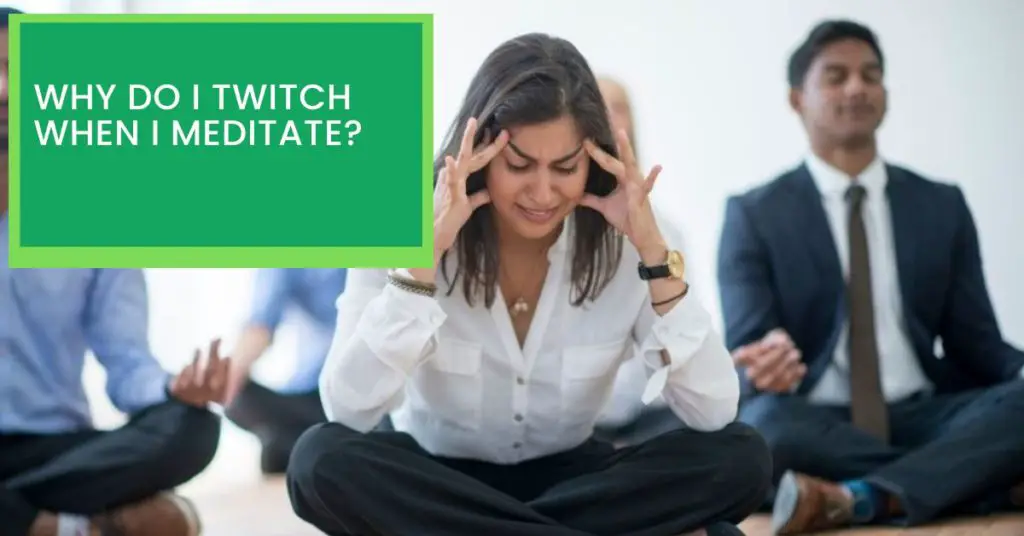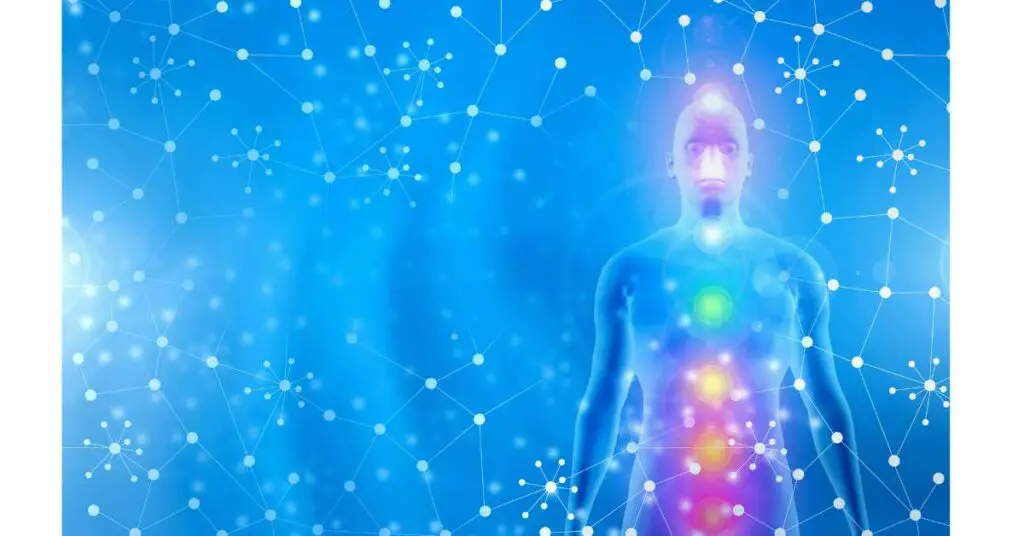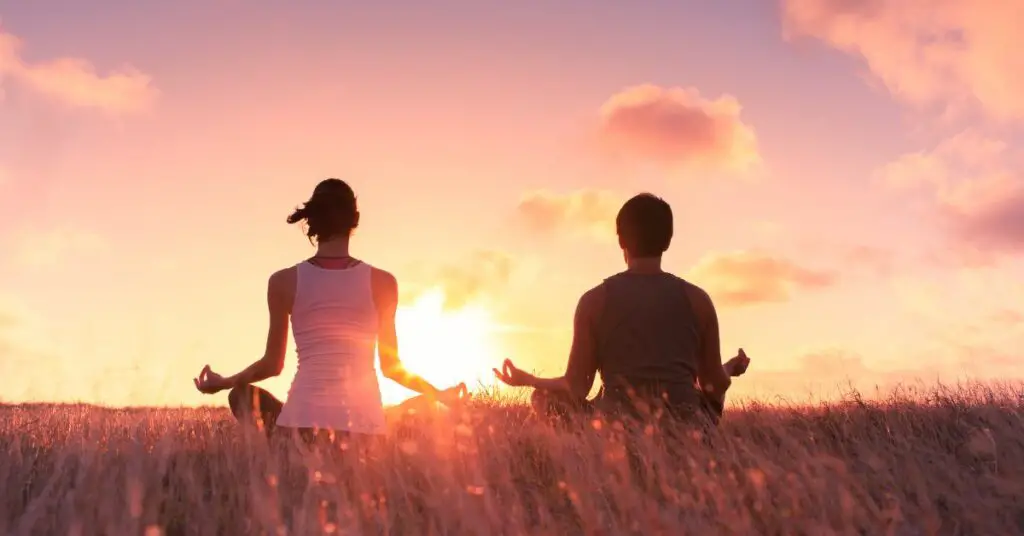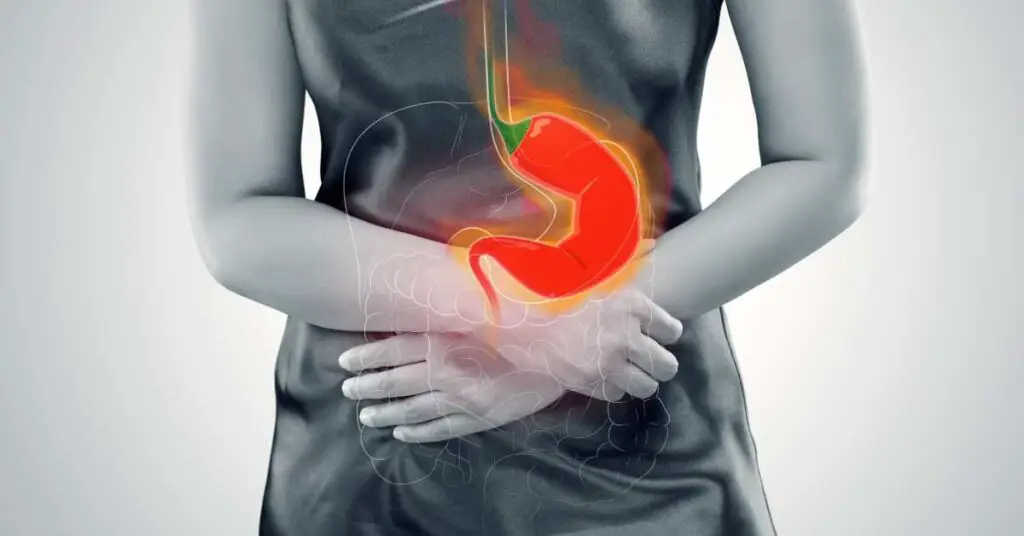Chakra meditation has become increasingly popular in recent years, with many people turning to this ancient practice as a way to achieve physical and emotional balance. While chakra meditation is generally thought of as a safe and beneficial activity, it can be dangerous if not done correctly.
In this article, we will discuss the dangers associated with chakra meditation and how you can avoid them. We will also explore some of the potential benefits that may be achieved through practicing chakra meditation safely. By understanding both the risks and rewards of this type of spiritual practice, you can make an informed decision about whether or not it is right for you.
Yes, chakra meditation can be dangerous if not done correctly. It is important to practice proper breathing and posture techniques and to be aware of the energy flows in your body in order to avoid any adverse effects from this type of spiritual practice.
Additionally, it is important to understand that there are potential risks associated with chakra meditation such as dizziness, nausea, headaches and anxiety so it is best for you to consult with an experienced teacher or practitioner before attempting a session on your own. By following these safety protocols, you can enjoy the many potential benefits that chakra meditation has to offer.

What is chakra meditation?
Chakra meditation is an ancient practice that uses specific breathing and physical postures to open and harmonize the seven power centers known as chakras. Originating in India over five thousand years ago, it has become increasingly popular in recent years due to its potential for physical and emotional balance.
The goal of chakra meditation is to help individuals experience a deep state of relaxation while connecting with their spiritual self. It involves using visualizations to access the energy pathways – or ‘meridians’ – that link the seven major chakras located throughout the body.
With each breath, practitioners are encouraged to silently repeat a mantra or affirmation as they focus on each chakra location, beginning at the base of the spine and working up through the crown of the head. This practice helps to bring energy into balance, releasing any physical or emotional blockages that may be causing stress or illness.
To enhance their experience, many practitioners use crystals or other objects in order to further direct their energy towards their desired outcome. In some cases, music or aromatherapy may also be used as additional forms of support. As they progress through each stage of this process, individuals often feel a sense of inner peace as they gain insight into their spiritual growth and journey towards healing.
Can chakra meditation be dangerous?
Chakra meditation is often thought of as a safe and beneficial spiritual practice that can help individuals achieve physical and emotional balance. However, if not done correctly, chakra meditation can be dangerous. It is important to understand the risks associated with this spiritual practice and take the necessary steps to avoid any adverse effects.
One of the most common dangers of chakra meditation is experiencing dizziness, nausea, headaches and anxiety as a result of improper breathing or posture techniques. To ensure your safety during a session, it is essential to practice proper breathing and posture techniques while being aware of the energy flows in your body.
Additionally, it’s recommended that you consult an experienced teacher or practitioner before attempting a session on your own. This will allow you to learn how to safely perform chakra meditation without any risk of injury or adverse effects.
While there are potential risks associated with chakra meditation, this doesn’t mean that everyone should avoid this type of spiritual practice altogether. In fact, when done properly and with care, chakra meditation can be incredibly beneficial for both physical and mental wellbeing. Benefits include improved relaxation levels, enhanced concentration and focus skills, relief from stress-related illnesses like depression or anxiety disorders, increased energy levels, improved spiritual awareness and insight into personal growth.
Overall, it’s important to remember that taking precautionary measures such as learning proper breathing and posture techniques from an experienced teacher or practitioner prior to engaging in a chakra meditative session can reduce the risk of experiencing any dangerous side effects. By doing so, individuals can enjoy all the potential benefits that come from practicing chakra meditation safely and correctly.
What precautions can you take to mitigate the risks?
1. Make sure to practice proper breathing and posture techniques while performing chakra meditation.
2. Consult an experienced teacher or practitioner before attempting a session on your own.
3. Take frequent breaks during the session if feeling dizzy, nauseous, or experiencing headache or anxiety.
4. Ensure that any objects used for visualizations are safe to use and won’t cause injury or adverse effects.
5. Use appropriate music and aromatherapy oils in moderation (if applicable).
6. Start with shorter sessions until you become more comfortable with the technique and its possible side effects.
7. Stay aware of the energy flows in your body during each stage of the process and stop if you feel any pain.
By taking these precautions, you can ensure that your chakra meditation sessions are as safe and beneficial as possible. By doing so, you can more fully enjoy the potential benefits of this spiritual practice without worrying about any dangerous side effects.
What kind of chakra meditation can be more dangerous?
Chakra meditation is a spiritual practice that can provide numerous physical and emotional benefits. However, certain types of chakra meditation may be more dangerous than others due to the energy flows and techniques used. For example, advanced chakra meditation techniques that involve intense visualization exercises, such as kundalini yoga, can lead to an overload of energy in the body that can cause dizziness, nausea, headaches and anxiety if not properly managed.
In addition to these physical risks, advanced forms of chakra meditation can also be emotionally draining, leading to heightened levels of stress and depression if not done correctly. This is especially true for individuals with existing mental health issues or those who are already emotionally vulnerable before they start meditating. Therefore it’s recommended to consult a qualified teacher in order to ensure that you’re doing the practice safely and correctly.
Another type of chakra meditation that has potential risks is group meditation sessions. Some group settings have reported cases where disciples experience strong sensations of lightheadedness or discomfort due to the combined energies within the room. Therefore it’s important to always ensure that you’re participating in safe and supervised group settings with experienced teachers if you choose this type of practice.
Lastly, there’s also some evidence that suggests certain types of chakra meditation may not be suitable for pregnant women due to the effects on their bodies and their unborn babies during this delicate period of life. Therefore it’s advised for pregnant women to seek professional advice from experienced practitioners before attempting any type of chakra meditation session during pregnancy.
Is there any vulnerable group that chakra meditation could endanger?
Yes, there is a vulnerable group that can be endangered by chakra meditation – pregnant women. It is important to note that due to the delicate nature of pregnancy and the effects that chakra meditation can have on a woman’s body and her unborn baby, it is advised for pregnant women to exercise caution when engaging in this spiritual practice.
Research has suggested that certain types of chakra meditation may not be suitable for pregnant women. For instance, the intense visualization exercises used in kundalini yoga could lead to an overload of energy in the body which can cause dizziness, nausea, headaches and anxiety if not properly managed.
In addition, extreme emotional states experienced during intense sessions could also affect a pregnant woman’s mental health and well-being. Therefore, it is advisable for all expecting mothers to seek professional advice from experienced practitioners prior to attempting any type of meditation session during pregnancy.
It is also important to note that some techniques used in group settings have reported cases where disciples experience strong sensations of lightheadedness or discomfort due to the combined energies within the room. Therefore, it is advised for pregnant women participating in these types of sessions (or any other kind of chakra meditation) to do so with extra caution and under close supervision from an experienced teacher or practitioner. This will help ensure that they are practicing safely and correctly while avoiding any potential risks associated with this spiritual practice during pregnancy.
Conclusion
Chakra meditation can have profound healing benefits and is a valuable spiritual practice for many people. However, there are some potential risks and dangers associated with this type of meditation. Advanced forms of chakra meditation, such as kundalini yoga, can lead to an overload of energy in the body which may cause dizziness, nausea, headaches and anxiety if not managed properly. Additionally, group settings have reported cases where disciples experience strong sensations of lightheadedness or discomfort due to the combined energies within the room. Lastly, certain types of chakra meditation may not be suitable for pregnant women due to the effects on their bodies and their unborn babies during this delicate period of life.
Therefore it’s important for all individuals who are considering engaging in any type of chakra meditation to do so with caution, seeking guidance from experienced practitioners when necessary. This will help ensure that you are reaping the many benefits of this spiritual practice while avoiding any potential risks associated with it.











